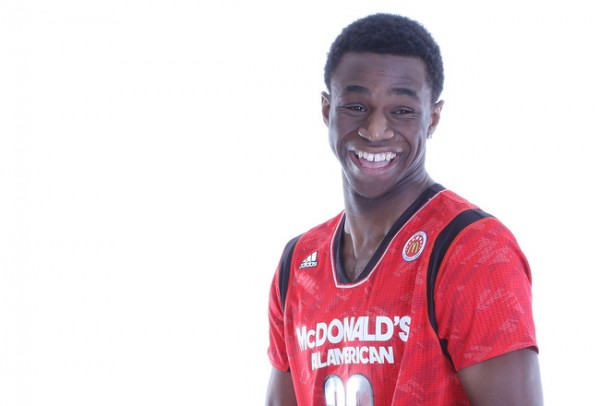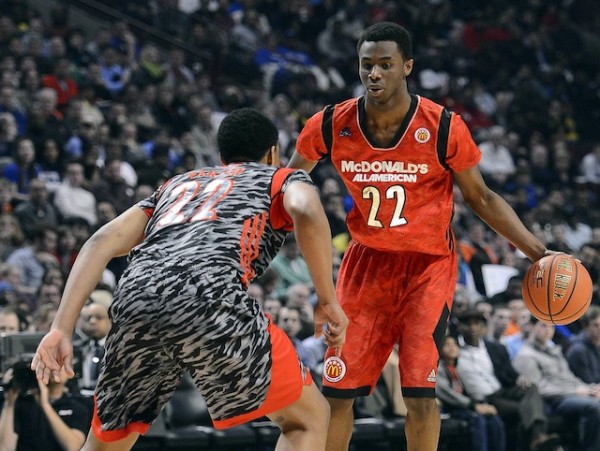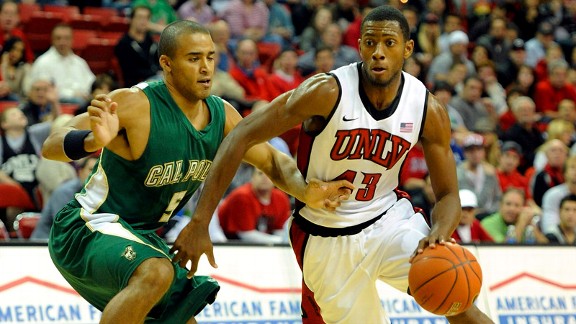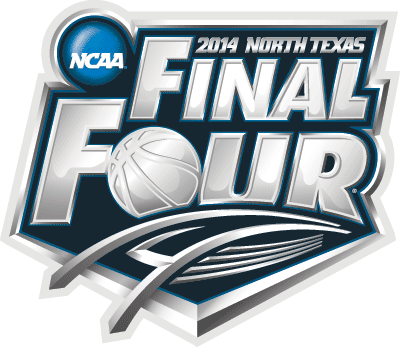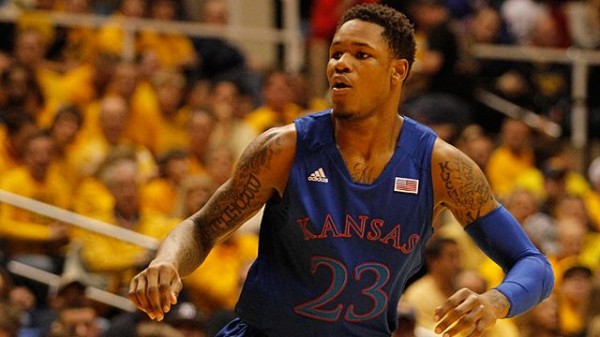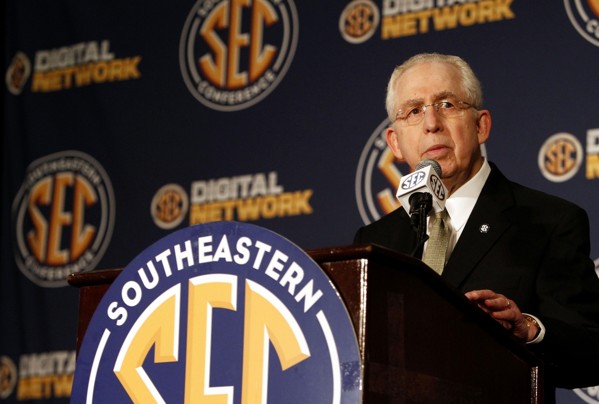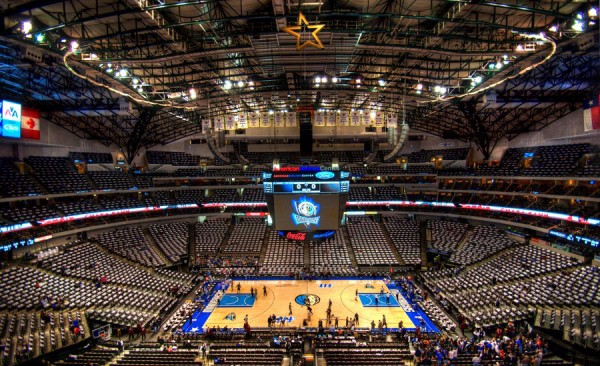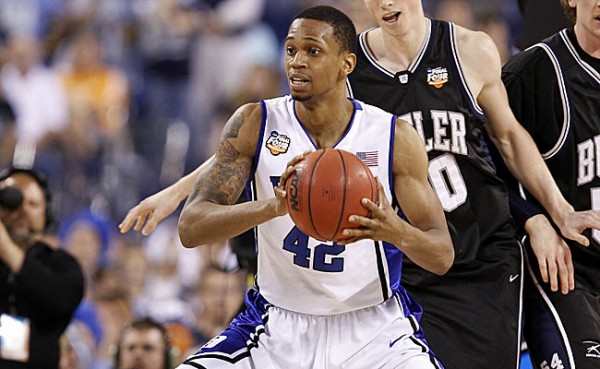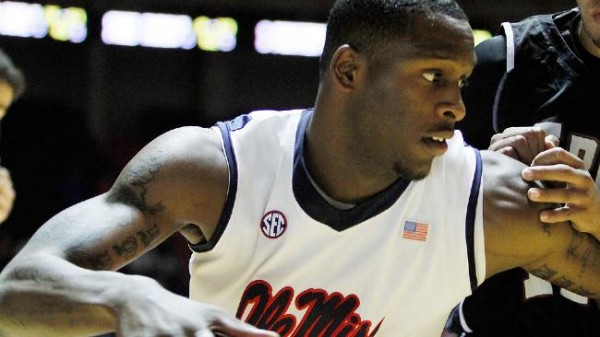The Big 12/SEC Challenge Needs to Rethink Its Scheduling Principles
Posted by Chris Johnson on May 16th, 2013Chris Johnson is an RTC Columnist. He can be reached @ChrisDJohnsonn.
The beauty of early non-conference tournaments exists in their compressed schedules. Teams with different capabilities and ceilings typically meet up in a tropical locale, stage a raft of competitive games in a compacted two or three-day window, a champion is crowned and, fin. That is how non-conference events should be: quick, clean, blurringly thrilling, a drive-by snapshot of prospective NCAA Tournament match-ups, a winter sampling of the sport’s crowning postseason event. Think Feast Week, or the Champions Classic, or Maui. The accumulation of quality teams and coaches and players gives each event its own unique brand of entertainment value each and every year, but the timeless temporal convenience of rapid-fire completion is what we value most. It calls upon the spirit of March in November, with more equalized match-ups, less auto-birth low-majors and coaches in ridiculous Hawaiian floral shirts. These cute little early-season gauntlets don’t need fixing. Make more of them. Invite better teams.
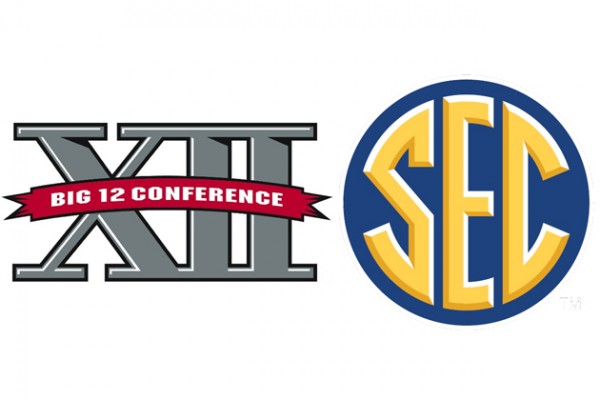
Two weak leagues and a scattered set of games could push this season’s Big 12/SEC Challenge into the abyss of early-season tournaments.
Whatever you do, non-conference scheduling lords, do not take any cues from the new Big 12/SEC Challenge. The leagues announced their 2013 lineup Tuesday, and at least two of the match-ups belong in the apex of this season’s partially uncovered non-conference slate. On Friday, December 6, Kentucky and its intergalactic force of indomitable freshmen will take on Baylor, who returns one of the more athletic and imposing frontcourts (Isaiah Austin, Cory Jefferson, Ricardo Gathers) in the country. Four days later, Kansas will take its Andrew Wiggins-equipped squad (an aside: You have no idea how great it feels not to have to include the standard “we don’t know where he’s going” disclaimer every time I type Wiggins’ name. Wiggins, Kansas, got it.) to Gainesville for a meeting with five-star freshmen Kasey Hill, Chris Walker and a respectable supporting group. Those are two excellent December match-ups, spaced just four days apart, stuffed with freshmen intrigue and NBA lottery talent and future Hall of Fame coaches. They are the kinds of games everyone lives for in college basketball’s fluff-filled non-conference season.





























